How to Grow Yarrow: A Medicinal Herb with Countless Benefits
Medicinal herbsImagine a plant so versatile that it has been celebrated for centuries across the globe for its healing properties, vibrant blooms, and resilience in the garden. Yarrow is more than just a pretty flower in the plant world. The benefits of yarrow range from medicinal herb to vital flower for pollinators. Learn more about the many reasons to grow yarrow in your garden.

Yarrow (Achillea millefolium) is a very common herb that has been used since ancient times for its benefits. Today, it can be found all over the world. It’s named for the Greek hero Achilles, who legend says used the herb to bind the wounds of his soldiers.
How to Grow Yarrow From Seed
There are many reasons to grow yarrow from seed. It is a popular flower in cut flower gardens, cottage gardens, and wildflower gardens. Yarrow has many traditional medicinal benefits and plays a vital role in attracting beneficial insects. It is easy to grow and thrives in sandy soils. Yellow yarrow is one of the most common colors, but it comes in various colors, and generally, all have the same properties.
Fail-proof Yarrow Seed Germination Tips
- Light is required for germination, and yarrow seeds are tiny, so barely press them into the soil and do not cover them.
- Direct seed outdoors in fall or cold stratify seeds prior to starting indoors.
- Bottom water or mist seeds to prevent displacing seeds.
- Keep the soil temperature at 65-75ºF.
- Seeds will take 14-28 days to germinate.

Transplanting Yarrow Seedlings
Once seedlings grown indoors are several inches tall and have at least two sets of true leaves, it's time to get them ready for transplanting.
To successfully transplant yarrow seedlings, first harden them off. This process will ensure that they transition into their outdoor space without transplant shock.
Transplant to a spot with full sun and well-drained soil. Space yarrow plants 18 to 24 inches apart. This may seem like a lot of space, but they are a perennial that grows quickly.

Yarrow Plant Care
Once yarrow plants are growing, they require very little care. But these tips will ensure your yarrow is a reliable source of blooms.
- Yarrow is a perennial that blooms from early summer through fall. It doesn't need additional fertilizer, but yearly applications of compost can keep the soil fertile.
- Although yarrow is drought-resistant, regular watering will keep it blooming.
- Regularly cutting flowers will keep the yarrow plants blooming.
- Any time your yarrow plants outgrow their space, you can prune them back.
Medicinal Uses of Yarrow
There are many studies on the medicinal benefits of yarrow, but most of them haven’t made it to human trials yet. Traditionally, yarrow has been used for the following:
- Topical application may help reduce bleeding in minor wounds and nosebleeds.
- Yarrow tea could be used as a sedative or relaxant to reduce anxiety and stress.
- Yarrow powder or infusions may help relieve digestive issues.
- Respiratory support for relief of symptoms of common colds and flu.
How to Use Yarrow
Leaves and flowers can be steeped in boiling water for 5-10 minutes to make yarrow tea. Use about 1-2 teaspoons of yarrow in each cup of water. In addition to tea, yarrow can be ground into a fine powder or made into herbal remedies. Yarrow powder can be added to smoothies, juices, or foods for easy consumption. Ointments, tinctures, and extracts can be used topically on injuries.

Other Benefits of Yarrow
Yarrow also provides benefits to both flower and vegetable gardens. It’s easy to grow, withstands both drought and rainy conditions, and it grows easily in poor soils.
- The scent of yarrow repels mosquitoes and deer
- Yarrow blooms attract pollinators and beneficial insects to the garden, specifically ladybugs and green lacewings. Grow yarrow to attract these beneficial insects, which will then feed on aphids and spider mites.
- The roots of yarrow plants help with erosion control.
- Yarrow is an excellent companion plant that helps other plants resist disease.
- Once yarrow is established, it is heat tolerant and drought resistant.
Yarrow FAQs
Is Yarrow Tea Good for You?
Yarrow tea is made from the leaves, stems, and flowers of the yarrow plant. Sometimes people use the root as well, which is best after a few years of growth. Yarrow tea is rich in antioxidants and nutrients, with Vitamins A and C, potassium, zinc, magnesium, calcium, phosphorus, and niacin. It has potent antioxidant and anti-inflammatory properties.
Additionally, yarrow leaves and flowers make a nutritious and delicious addition to salads.
Is Yarrow Safe?
While most people can use yarrow safely, there are a few people who should avoid its use. Consult your healthcare provider for personal advice about the safety of yarrow for your situation. Do not use yarrow if you have an allergy to plants in the ragweed family, as you may also be allergic to yarrow. It also has possible interactions with lithium, some blood thinning and high blood pressure medications, medicines to reduce stomach acid, and drugs that cause sleepiness or have a sedative effect. Lastly, pregnant and breastfeeding women should also use caution.
It’s easy to see why so many choose yarrow as their favorite “must-have” medicinal herb for their garden. We think you’ll fall in love with this wonderful plant!




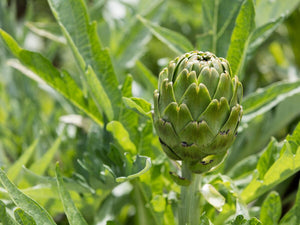
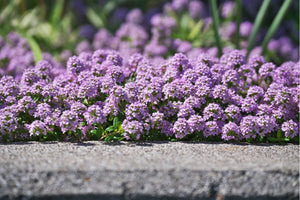
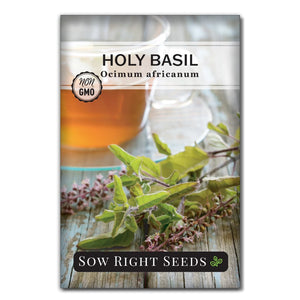
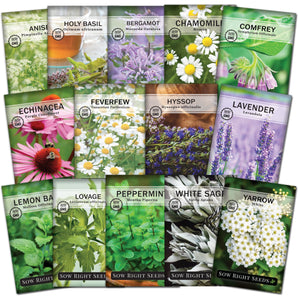
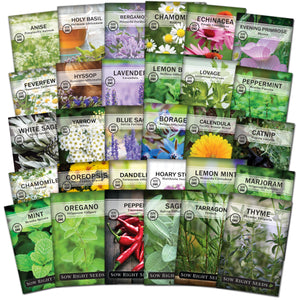
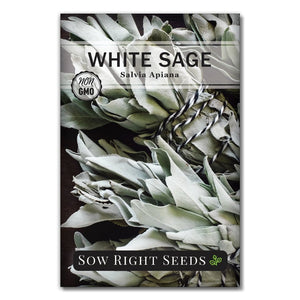
Hope – That’s a great question to ask your medical provider. Some people can be allergic to yarrow, and it may interact with medications.
I am diabetic and have problems with my feet. Can I use yarrow?
Leave a comment